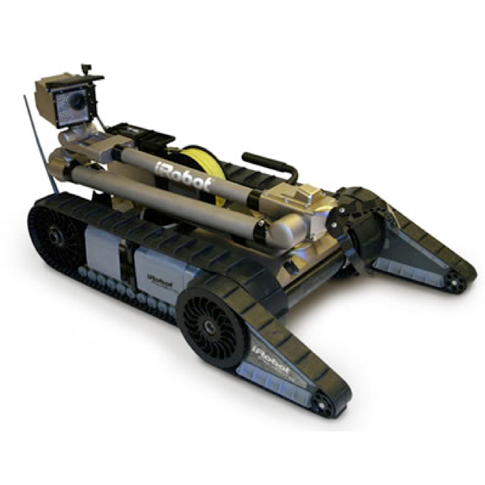
Telerobots
The complex and unpredictable nature of many hazardous environments (e.g. battlefields, earthquake sites, underwater exploration, etc.) makes it essential to have an intelligent human presence, but risk to life and limb is often unacceptable. Telerobots fill this gap by acting as "eyes and ears" for and responding to commands from remote human operators safely out of harm's way. Unfortunately, tasks that require interacting physically with objects tend to depend on touch, for which no suitable artificial sensors have been available. The BioTac is the world's most advanced tactile sensor, mimicking and sometimes surpassing the physical properties and sensory capabilities of the human fingertip. Two general strategies for integration of machine touch into telerobots are under development at SynTouch in collaboration with its strategic partners:
- Tactile feedback can trigger automatic responses of the robot faster than the human operator could respond consciously. This "mind of its own" is actually closer to what the brain expects when controlling biological limbs, which are equipped with similarly sophisticated "reflexes" generated by the spinal cord.
- Tactile feedback can be "displayed" to the operator through various visual, auditory and somatosensory cues. Many researchers are developing tactors and other haptic feedback technologies to provide conscious tactile perception to a telerobot operator. The robust, multimodal BioTac provides an ideal sensorized appendage for the real-world avatar.

